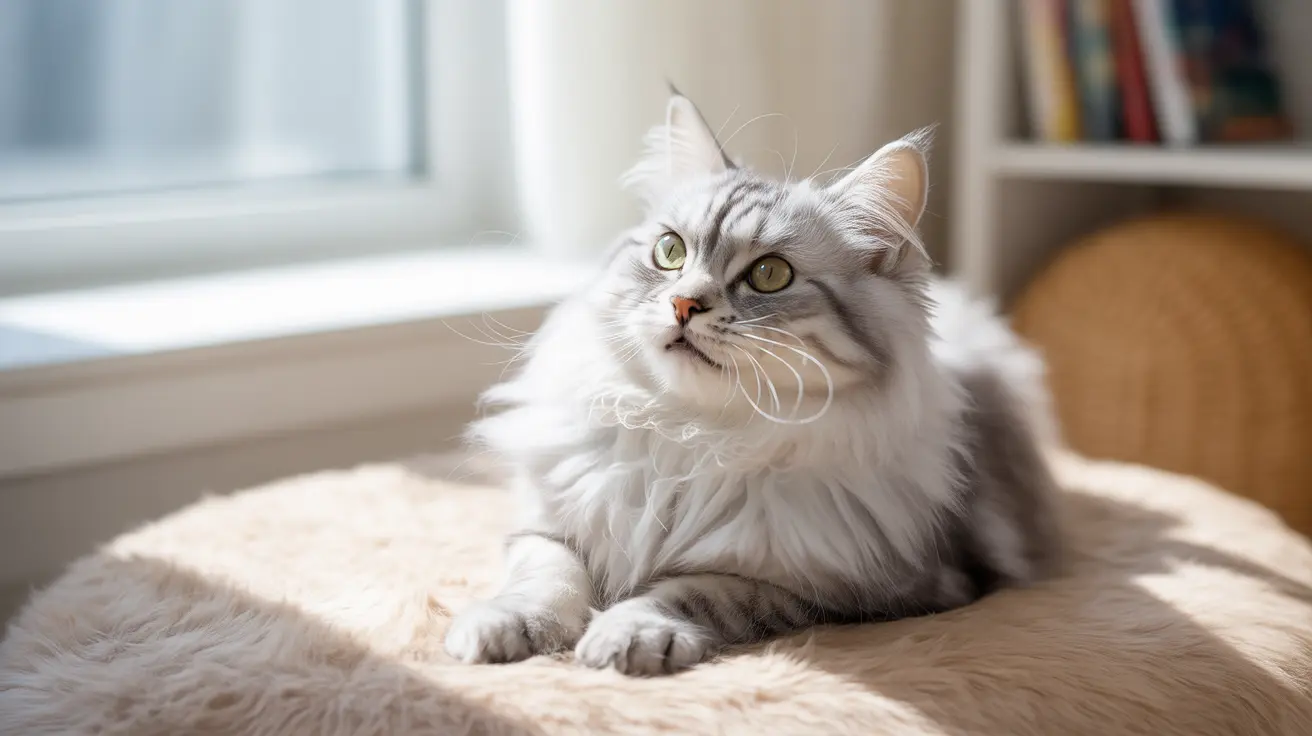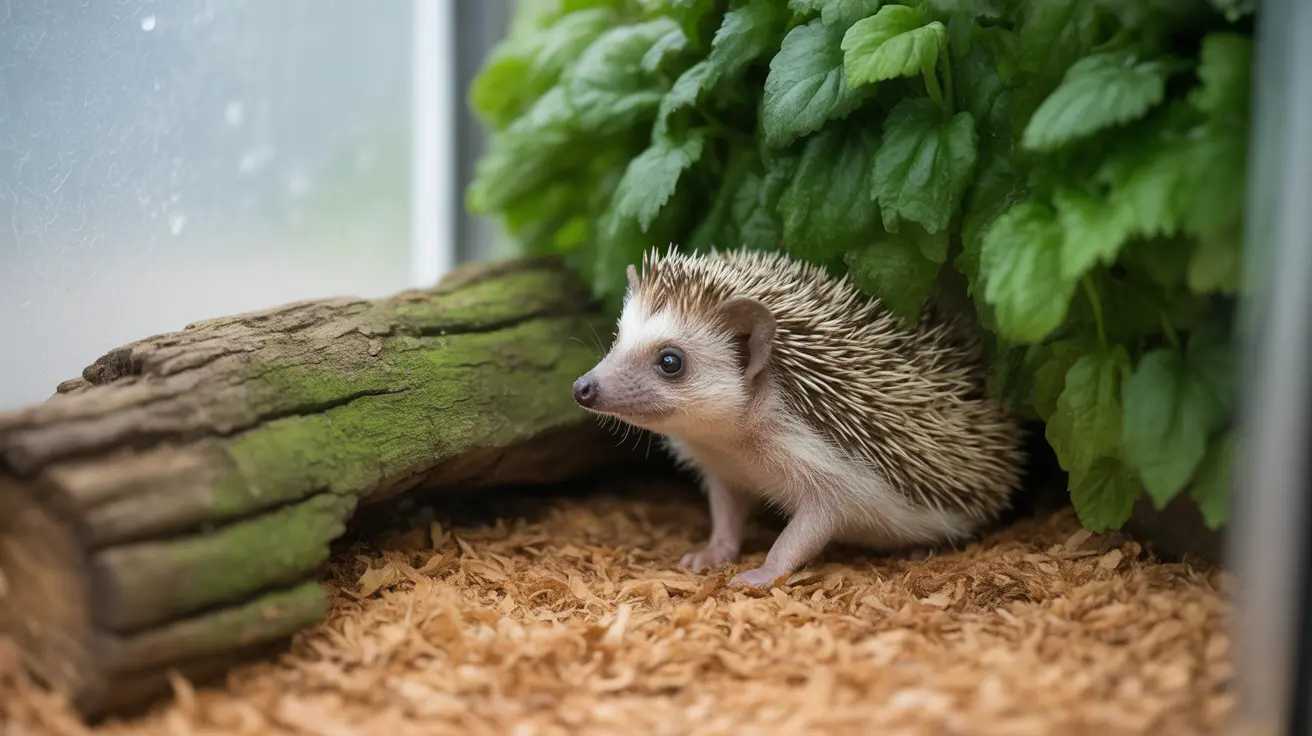Ever watched your cat maintain an unwavering stare and wondered about their mysterious blinking patterns? Unlike humans who blink frequently throughout the day, cats have evolved a unique approach to eye maintenance and protection that sets them apart from most mammals.
In this comprehensive guide, we'll explore the fascinating world of feline blinking behavior, including their specialized eye anatomy, the meaning behind different types of blinks, and what it tells us about our cats' health and emotional state.
The Science Behind Cat Blinking Frequency
While humans typically blink 15-20 times per minute, cats blink significantly less frequently – averaging only about 4.1 blinks per minute. This remarkable difference is due to their specialized eye anatomy and evolutionary adaptations as predators.
This reduced blinking frequency serves multiple purposes in cats:
- Maintains constant vigilance for potential prey or threats
- Enhances hunting efficiency
- Optimizes visual information processing
- Conserves energy through efficient eye moisture management
The Remarkable Third Eyelid
Cats possess a unique anatomical feature called the nictitating membrane, or third eyelid, which plays a crucial role in their reduced need for blinking. This translucent membrane sweeps across the eye diagonally, providing protection and moisture without requiring a full blink.
The third eyelid helps cats maintain their characteristic steady gaze by:
- Removing debris from the eye surface
- Distributing tears evenly across the cornea
- Providing additional protection during hunting or movement through vegetation
- Allowing for eye maintenance without compromising visibility
Social Significance of Cat Blinking
When cats do blink, particularly in a slow, deliberate manner, it often carries important social meaning. The famous "slow blink" or "cat kiss" is a significant form of communication that indicates trust, comfort, and affection.
Research has shown that cats use slow blinking as a form of positive emotional expression, both with other cats and with humans. This behavior can be reciprocated by cat owners to strengthen their bond with their pets.
Warning Signs and Health Implications
While infrequent blinking is normal for cats, certain blinking patterns may indicate health issues. Watch for:
- Excessive blinking or squinting
- Visible third eyelid when the cat is alert
- Eye discharge or redness
- Pawing at the eyes
- Changes in typical blinking behavior
Frequently Asked Questions
How often do cats blink compared to humans and why is their blink rate so low?
Cats blink approximately 4.1 times per minute, while humans blink 15-20 times per minute. This lower rate is possible due to their third eyelid, which maintains eye moisture and protection without requiring frequent full blinks.
What is a cat's third eyelid and how does it help keep their eyes healthy?
The third eyelid is a translucent membrane that moves diagonally across the eye. It helps remove debris, distribute tears, and protect the eye surface while allowing cats to maintain visual contact with their surroundings.
What does it mean when my cat slow blinks at me?
A slow blink from your cat is a sign of trust, affection, and contentment. It's often referred to as a "cat kiss" and is a way for cats to communicate that they feel safe and comfortable in your presence.
When should I be concerned if my cat's third eyelid is visible or if they blink excessively?
If you notice your cat's third eyelid is visible while they're alert, or if they're blinking excessively, this could indicate an eye infection, injury, or other health issues. Consult a veterinarian if you observe these symptoms.
How can I use slow blinking to build trust and bond with my cat?
To build trust with your cat, make eye contact from a comfortable distance and perform a slow blink – closing and opening your eyes gradually over several seconds. Many cats will respond with their own slow blink, helping to strengthen your bond.
Understanding your cat's blinking patterns can provide valuable insights into their health and emotional state while helping you build a stronger relationship with your feline companion. By paying attention to these subtle signals, you can better understand and respond to your cat's needs and communication attempts.






